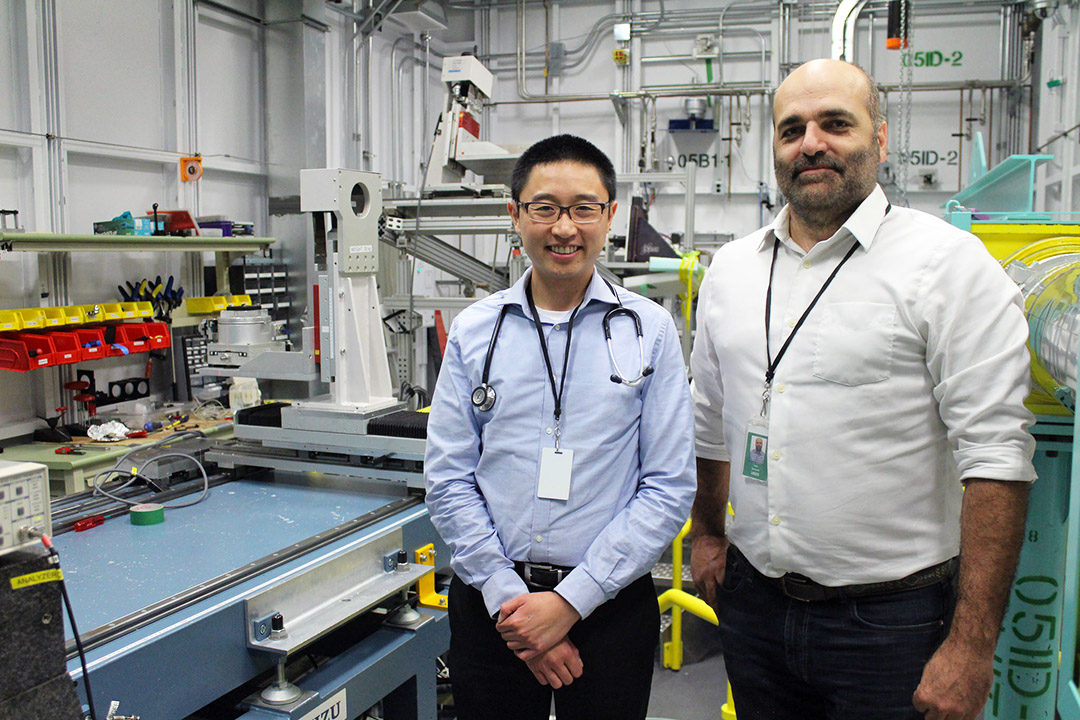
USask discovery may help improve CF treatment
A University of Saskatchewan medical research team has made a groundbreaking finding with potential to lead to more effective, longer-lasting and better-tolerated treatments for cystic fibrosis (CF).
By USask Research Profile and Impact“Though we’re still at an early stage for developing new treatments, this is a major discovery of considerable potential relevance to CF patients,” said Dr. Juan Ianowski (PhD), a physiologist at the USask College of Medicine and senior author of a paper on the finding published today in the online Nature Research journal Scientific Reports.
For over 20 years, doctors have treated CF patients with an inhaled concentrated salt solution called hypertonic saline to increase the volume of airway surface liquid (ASL)—a microscopically thin liquid lining that helps remove infected secretions from the clogged chest of a CF patient.
The scientific consensus has been that an osmotic reaction drawing water from the blood was responsible for the beneficial increase in ASL from this saline treatment.
But by using synchrotron imaging at the Canadian Light Source (CLS), the national research facility at USask, the nine-member team has concluded that scientists have not completely understood the body’s reaction to the saline treatment.
“The game changer we found is that only about half of the airway surface liquid production is caused by the osmotic process. The other half of the liquid secretion is caused through the saline mist stimulating the airway neurons to act,” said Dr. Julian Tam (MD), a respirologist in the College of Medicine and director of the Saskatoon Adult Cystic Fibrosis Clinic who co-led the team.
Read more at the university's news site.
